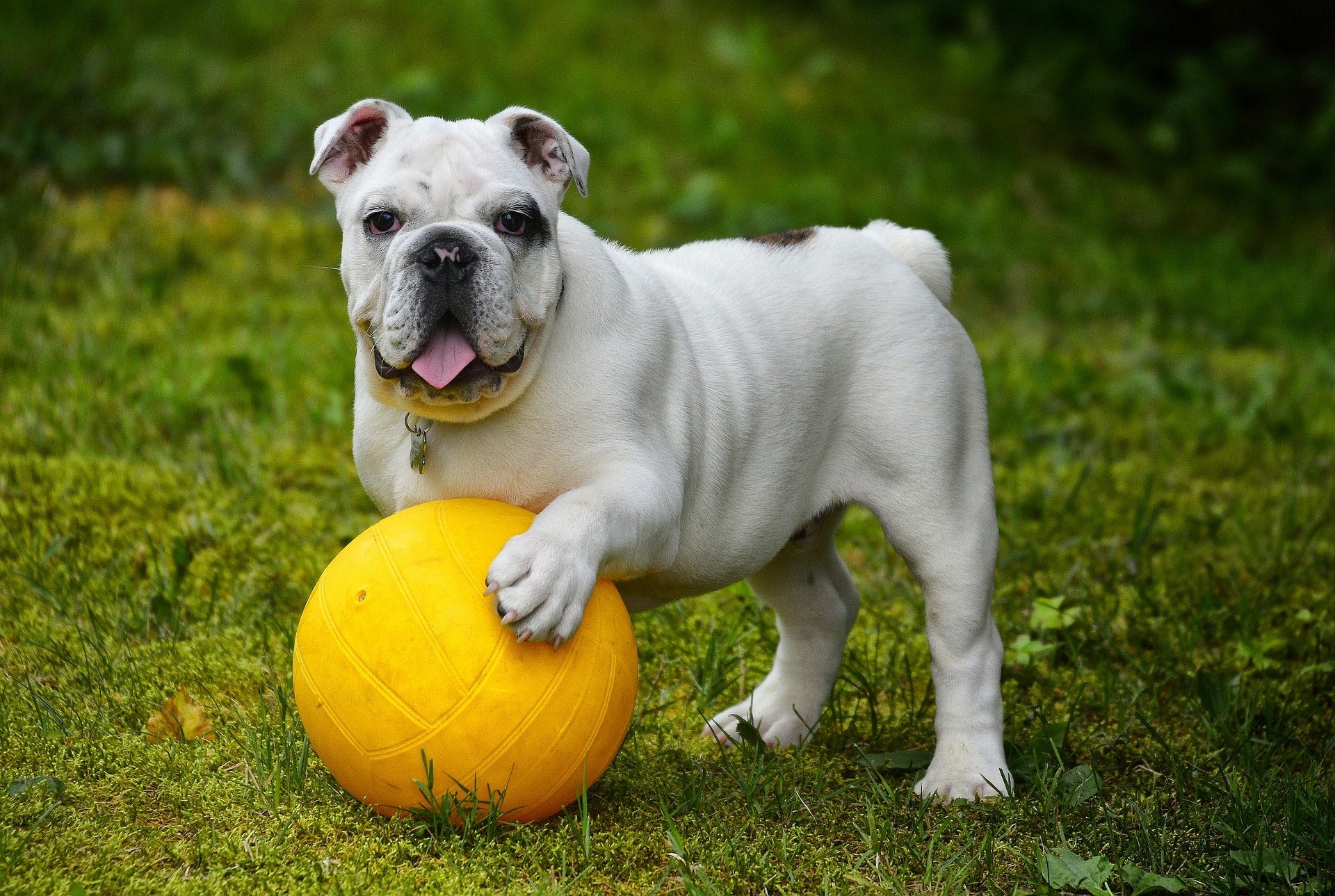Hyperlipidemia is a condition characterized by elevated levels of lipids in the blood. It is common in both pets and people, and can lead to dangerous and potentially life-threatening symptoms.
In today's post, we'll explain the function of lipids and how they are processed by your pet's body. We'll also take a look at the causes and symptoms of hyperlipidemia in cats and dogs, and provide some practical advice for feeding a well-balanced diet that will support your pet's overall health.
What Are Lipids?
Lipids (fats) are naturally-occurring organic compounds that are insoluble in water. They are produced by the body or come from food, and are major building blocks of the cells of animals.
Cholesterol is a well-known lipid that's made by the liver and present in foods such as eggs, meat, fish, and dairy. It has an important role to play in maintaining cell membranes and is needed for brain and immune function. Cholesterol also aids in the production of vital hormones and helps the liver create bile acids to digest food.
Other types of lipids include fatty acids, triglycerides, and phospholipids. These perform a wide range of important roles in the body including aiding digestion, providing energy, and producing cell membranes and hormones.
"Good" vs. "Bad" Fats
When it comes to humans, fats are lumped into two categories: “Good” fats and “Bad” fats. "Good fats" are good for your health. These include coconut oil, omega-3 fish oil, and olive oil. “Bad fats” are harmful because they elevate lipid levels in the blood, increase LDL: HDL cholesterol ratio, and can contribute to atherogenesis – a process in which fatty deposits accumulate in the arteries. This increases the risk of heart disease and other health issues in humans.
Examples of “bad” fats are polyunsaturated fats such as corn oil, animal fats including beef fat, and hydrogenated fats found in foods such as margarine. These foods should be restricted in our diets to avoid health issues such as strokes and heart attacks. But when it comes to our pets, things are not quite so simple…
Unlike humans, dogs and cats are carnivores. As a result, they are biologically designed to process protein and fats efficiently. By nature, they have more good cholesterol than bad cholesterol, no matter what types of fat they eat. This protects them from developing coronary artery diseases, heart attacks, or strokes.
So, when it comes to our pets, the concept of "good" fats vs. "bad" fats simply doesn’t apply in the same way it does to humans. However, it is still important to feed your pet healthy fats, and avoid feeding excessive amounts of polyunsaturated fats or other "bad" fats. These are often proinflammatory and do not provide significant health benefits to animals.

Causes and Symptoms of Hyperlipidemia in Pets
In animals, increased fat in the blood is called hyperlipidemia. This happens around 3 to 10 hours after an animal eats food high in protein or fat. Food alone in general does not cause hyperlipidemia. Instead, it is commonly caused by complications related to underlying health issues including Cushing's disease, hypothyroidism, diabetes, pancreatitis, and liver disease.
Other factors can also contribute to the condition. These include genetic predisposition, overuse of steroid medications, and insufficient hormones that regulate lipid metabolism.
Symptoms of hyperlipidemia in pets include vomiting, diarrhea, and abdominal pain. Some pets may also develop skin lesions known as cutaneous xanthomas. In severe cases, animals can suffer from dangerous symptoms including seizures and nervous system dysfunctions.
Controlling Your Pet's Diet
Since most cases are caused by genetic factors or underlying health issues, it can be difficult to prevent hyperlipidemia in pets. However, feeding your pet a balanced, species-appropriate diet can help reduce the risk of them developing the condition.
Some pet owners choose to feed home-prepared diets consisting of ingredients such as muscle and organ meats, raw eggs, and fresh fruits and vegetables. Home-prepared diets can be an excellent choice, but it's very important to make sure your pet's food meets their dietary requirements.
We recommend consulting with a veterinary nutritionist who can review your home-prepared diet to make sure it is nutritionally balanced and complete, and contains all the necessary vitamins and minerals your pet needs to stay healthy.
Because of the challenges involved with feeding home-prepared diets, many pet owners choose to feed commercial pet foods. Check out our previous post, How to Understand the Guaranteed Analysis on Pet Food Labels for more information on choosing a healthy and nutritious commercial diet for your pet.
Does Coconut Oil Cause Hyperlipidemia in Pets?
Research has shown that coconut oil does not contribute to hyperlipidemia when fed in moderation as part of a balanced, species-appropriate diet. In fact, coconut oil has numerous health benefits for pets including improved skin and coat health, a more robust immune system, better metabolic function, and a healthier digestive tract.
When supplementing your pet's diet with coconut oil, be sure to choose a therapeutic-grade oil such as CocoTherapy coconut oil. Our oil is sourced from our USDA-certified organic family farm in the Philippines and made in our own facility. It’s high in lauric and caprylic acid – the medium-chain fatty acids known to support your pet's overall health.



